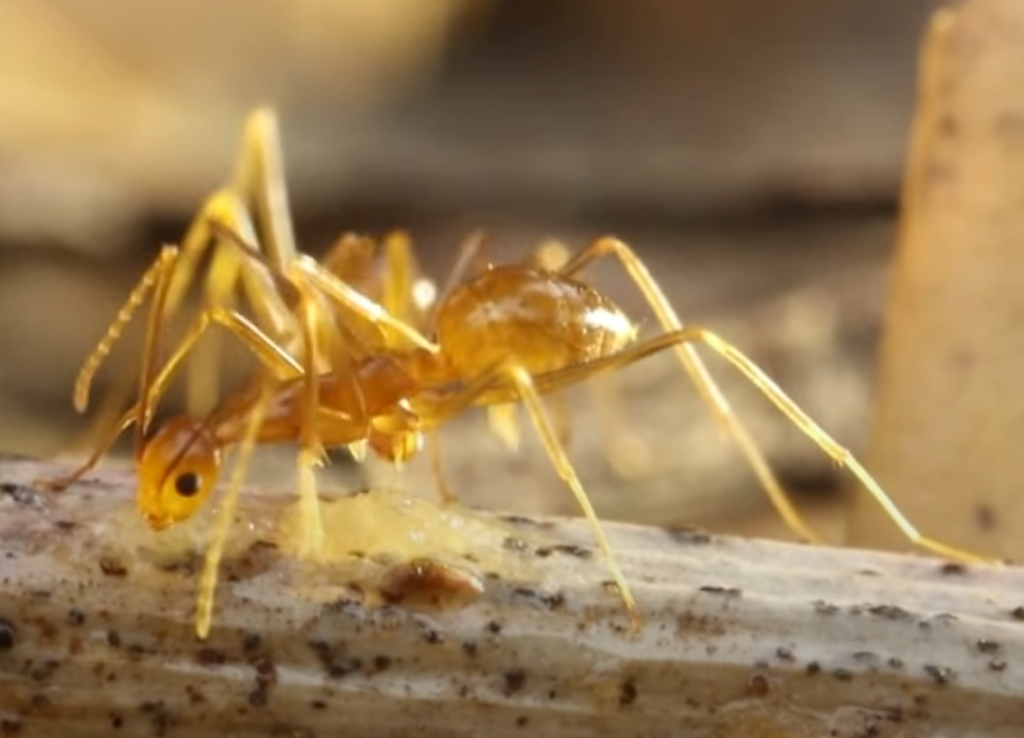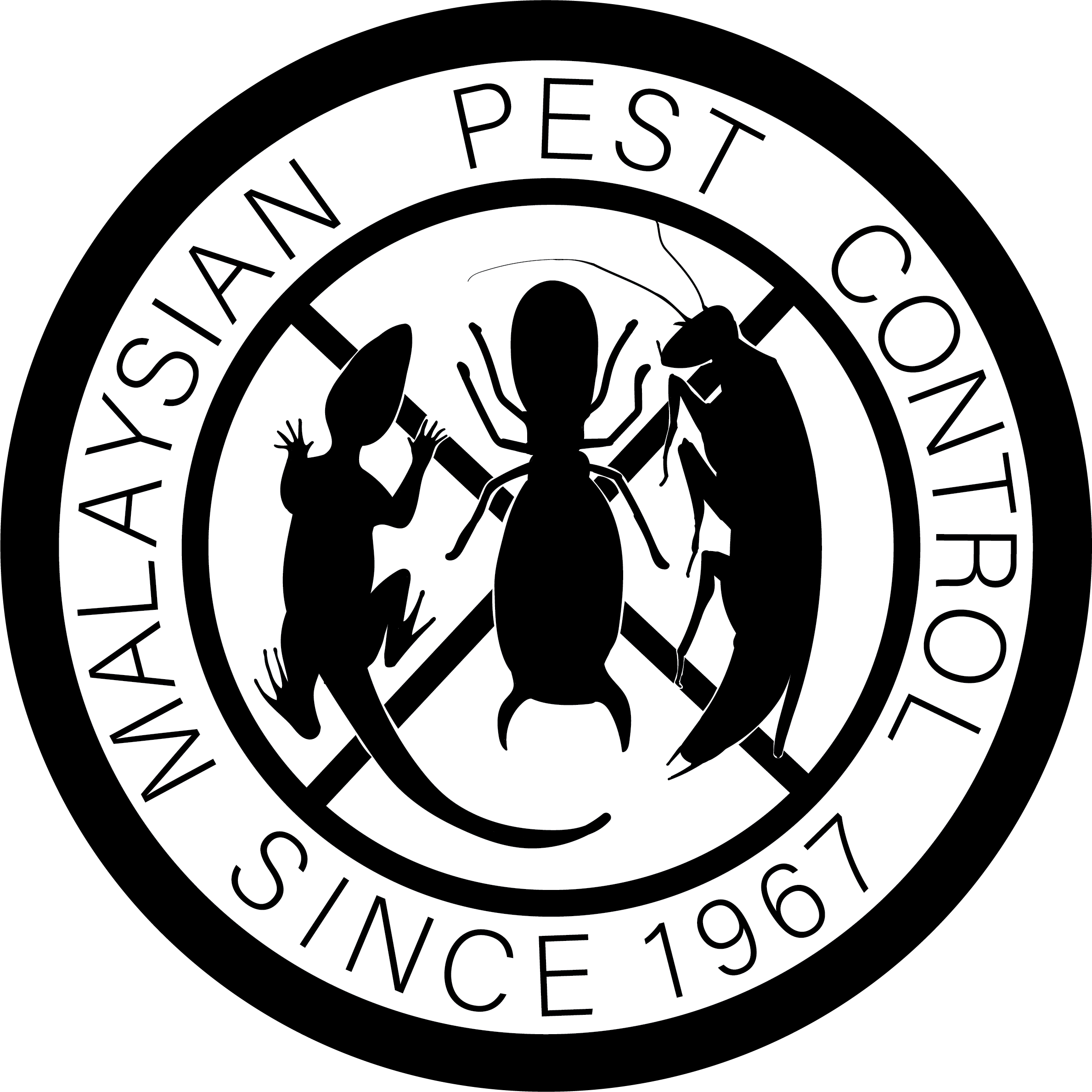About Yellow Crazy Ants
Introduction to Yellow Crazy Ants
- Yellow Crazy Ants (Anoplolepis gracilipes) are an invasive species characterized by their long legs and erratic walking behavior. They are named for their yellowish color and the frantic, unpredictable manner in which they move.
- Significance in Malaysia: In Malaysia, like in many parts of the world where they’ve been introduced, yellow crazy ants pose a threat to local biodiversity. They can form supercolonies that displace native ants and other invertebrates, disrupt pollination processes, and reduce seed dispersal, significantly impacting ecosystem health.
Biology and Lifecycle
- Egg Stage
- The queen lays eggs in a secure nest site.
- Timeframe: Eggs hatch into larvae in about 2-4 weeks, depending on environmental conditions such as temperature and humidity.
- Larva Stage
- Larvae are fed and cared for by worker ants, going through several molts as they grow.
- Development: Larvae development is highly dependent on temperature, with warmer conditions speeding up growth.
- Timeframe: This stage can last from 3 to 4 weeks.
- Pupa Stage
- After reaching a certain size, larvae pupate. Yellow crazy ants may have a cocoon or may pupate without one (depending on environmental factors).
- Timeframe: Pupation lasts about 2-3 weeks, after which adult ants emerge.
- Adult Stage
- Adult ants immediately begin performing their roles within the colony. Workers forage for food, care for the queen’s new offspring, and expand the nest.
- Lifespan: Workers can live up to several months, while queens can live for several years under optimal conditions.

Behaviour and Habitat
- Foraging and Feeding: Yellow crazy ants are generalists, feeding on a wide range of substances from sweet plant secretions to small insects. Their foraging behavior is notable for the formation of long trails and their ability to overwhelm prey in large numbers.
- Nesting: These ants prefer moist environments and are commonly found in rotting wood, under stones, or within the leaf litter. In urban areas, they may nest in wall cavities or under pavements.
- Adaptations: Their erratic movement helps them confuse predators and efficiently explore their surroundings for food and nesting sites.
Health and Economic Impact in Malaysia
- Biodiversity Loss: By forming supercolonies, yellow crazy ants outcompete native ant species for resources, leading to decreased biodiversity. They also prey on or disturb the activities of other insects, small vertebrates, and plant life.
- Agricultural Damage: They can protect pest insects like aphids for their sweet secretions, indirectly causing damage to crops. Additionally, their aggressive foraging can disrupt pollination and harm agricultural productivity.
- Management Challenges: Eradicating or controlling their populations is challenging due to their rapid reproduction rates and the large size of their colonies. Traditional ant control methods may be less effective against supercolonies.



